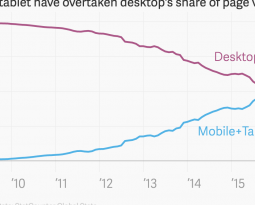It's official – mobile ads are finally on the rise, but industry leaders are puzzled on how to make mobile ads work and the 'false positives' caused by the well known Fat Thumb usability issue.
As designers of mobile apps we take this seriously and our heart goes out to fellow stubby fingers users…
——
Via WSJ
Stubby fingers may be the reason many consumers end up checking out advertisements on smartphones and tablet computers.
Facebook Inc. (FB), Google Inc. (GOOG) and other technology companies have puzzled over how to make advertising work on mobile devices. But it turns out that tablet-computer and smartphone users, when reading news sites, are more likely to click on ads than those using computers, a new survey suggested.
Consumers don't appear to be turned off by mobile ads, according to a survey of nearly 10,000 people by Pew Research Center and the Economist Group. Half of tablet-computer and smartphone users notice ads when they are getting news on their mobile devices. Of that amount, roughly 15% click on ads. "People notice ads on mobile devices and may be even more likely to click on them than they are to click on other digital ads," the report said. A recent Ad Age study, in stark contrast, found that less than 1% of people click on digital ads regardless of the viewing platform.
But tech pros said the result may be less a measure of the quality of the ads than the size of users' thumbs. "False positives–namely clumsy digits–are the real culprits here," said Jonathan Rick, a digital-communications consultant based in Washington, D.C.










